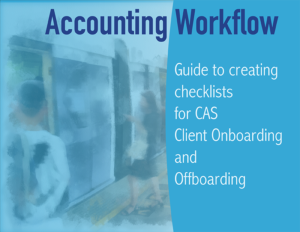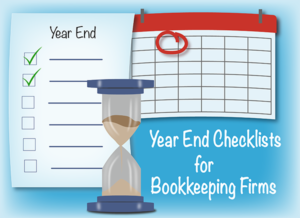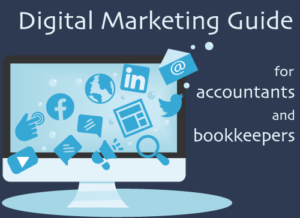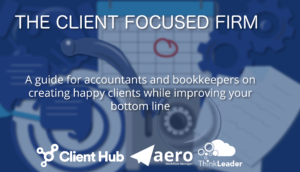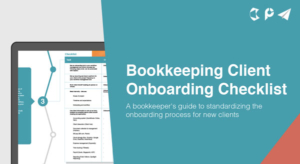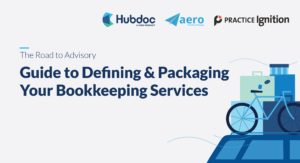 You’ve gone to conferences, talked to colleagues, read the industry blogs, and done multiple Google searches. You’ve picked an app that is going to revolutionize your client service delivery or how your firm does business. Now it’s time to face the sometimes messy process of implementing your new solution. After going through this process countless times in my own firm and talking to our Aero support team, I’ve outlined six key things to consider when implementing a new app.
You’ve gone to conferences, talked to colleagues, read the industry blogs, and done multiple Google searches. You’ve picked an app that is going to revolutionize your client service delivery or how your firm does business. Now it’s time to face the sometimes messy process of implementing your new solution. After going through this process countless times in my own firm and talking to our Aero support team, I’ve outlined six key things to consider when implementing a new app.
1. Make sure you involve your team in the search
Of course, you will have the final word, but it makes good sense to get buy-in from the people who will be using an app on a day-to-day basis. Before embarking on your search, find out what your team would like to have and why. Then look for solutions that will give them what they want. Show your team the advantages of the new app you select. If the new system satisfies your team there is an increased likelihood that the new app will be welcomed with open arms.
2. Give yourself enough time to implement it
It’s really tempting to look for and implement new software when your need is strongest. But choosing, configuring, and learning to use a new 1099-Misc software on January 29 can add an extra layer of stress that you probably don’t need. Unless your current system is broken beyond repair, it may be better to muddle through with what you have. Then when you have more time, you can be deliberate about choosing and implementing that new system. Just don’t let it slide until the next busy period rolls around!
3. Educate yourself and your team
A good SaaS app will have a lot of training and support resources available to teach you and your team how to use it. Some even have certification programs. Take advantage of those resources and make sure that you learn how your new app works. Otherwise, you may miss out on great features and waste time stumbling around ‘figuring it out’. Trust me, investing time in training to start with is going to save you double that time in the long run. Plus, when you get certified in an app, this demonstrates to clients that you are an expert, gives you a badge to market your expertise on your website or business cards. Some apps even have referral partner programs that list their certified experts on their website and drive business to you.
4. Leave your old workarounds behind
Once you’ve implemented the new app, make sure that tasks associated with the old system don’t hang on. Maybe you used to update a spreadsheet every month in order to provide all of the information the business needed because the old reporting system didn’t give you enough visibility. Does your new app give you the ability to create a report with all of the information you need? Then you can stop wasting time updating your spreadsheet. The spreadsheet wasn’t the goal, the information was. Take advantage of what your new app has to offer. Configure it to automate and replace manual processes.
5. Use the app the way it’s supposed to be used
Whatever you do, do not try to make an app do something it was not designed for. Trying to smash that square peg into a round hole will lead to frustration– for you, your team, and the support team that you contact trying to make an apple taste like an orange. If you’re continually trying to make an app do something it can’t, then you need to step back and ask yourself three questions:
- Have I taken advantage of the training so that I understand how the app works?
- Am I trying to make this app work exactly like my old system (full of workarounds and inefficiencies)?
- Is this app really right for us?
6. Make sure you really need the app
I know this may sound funny coming from the creator of a SaaS app, but before you implement new software in your firm, make sure you really need it. Implementing new software takes work and extra resources– and can be disruptive as everyone gets used to the new system. So study your processes carefully, look for areas where automation would mean improvements, and carefully choose the right tool for the job. Whatever you do, don’t simply onboard a new app just because it’s a shiny new thing.



